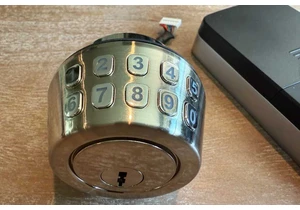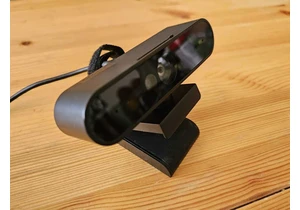As if you didn’t have enough to worry about when it comes to surveillance, researchers have discovered a new way to identify and track people using Wi-Fi signals—and I’m not talking about anything relating to your electronic devices. This tech can identify a specific, individual person, and track them in a physical space and across locations, based on how their body interacts with Wi-Fi signals.
“WhoFi,” a system developed by researchers at La Sapienza University of Rome, makes me think of
Similar attempts have been made as recently as 2020, but only achieved a 75 percent accuracy, which wasn’t good enough for true surveillance. According to the research paper (spotted by The Register), the WhoFi system can be up to 95.5 percent accurate when used with its neural network. This setup could beat conventional identification with cameras in many ways, as it isn’t affected by light conditions and can “see” through walls and other physical objects.
The implications are staggering, given the ubiquity of Wi-Fi in nearly every public and private space. A fairly innocuous but still creepy use might be a system that determines when a specific customer returns to a store and texts them a coupon as a “welcome back” present. A far more sinister application would be simply tracking where a person goes and when, including private residences, if the Wi-Fi data were sold or otherwise obtained. It goes without saying that government agencies would be extremely interested in getting access to that data.
At present, the WhoFi system is a proof of concept requiring some incredibly advanced software to implement. But it’s very real, and the hardware used to develop it wasn’t anything special. According to the dataset in the paper, these results were achieved using the Wi-Fi signals generated by two TP-Link N750 routers, which are pretty basic models that aren’t even using the latest, fastest Wi-Fi tech.
The only cold comfort I can offer to someone who finds the implications creepy is that the testing setup isn’t exactly forensic. Again, referring to the dataset, the researchers used 14 different people to track, with each one wearing a combination of base clothing, outerwear, and a backpack. Achieving 95 percent accuracy over that relatively small sample probably wouldn’t be enough to, say, present as evidence in a criminal trial… but it’s certainly good enough to track someone down for an arrest.
Login to add comment
Other posts in this group

Microsoft has added an OCR function (Optical Character Recognition) t

If you’re reading this anywhere outside of China, you probably haven’


While AMD jacked up the price of its Threadripper Pro chips to equal

First there was Clippy. Now Microsoft Copilot has a face, with reacti


